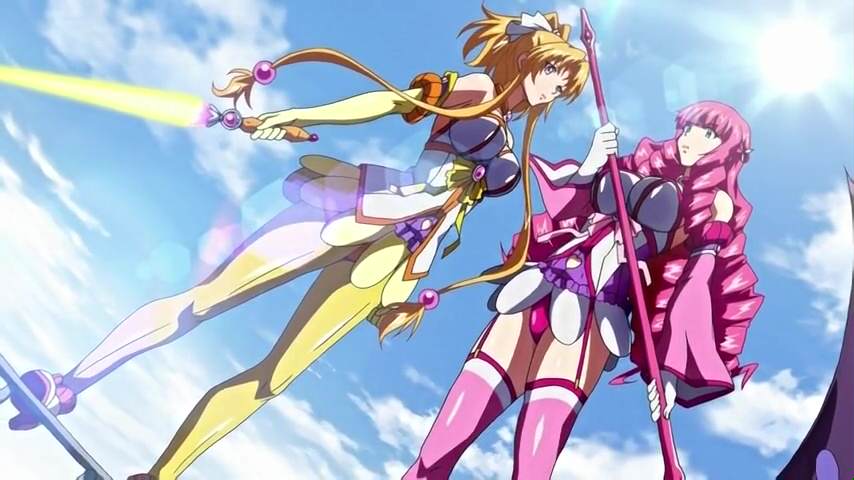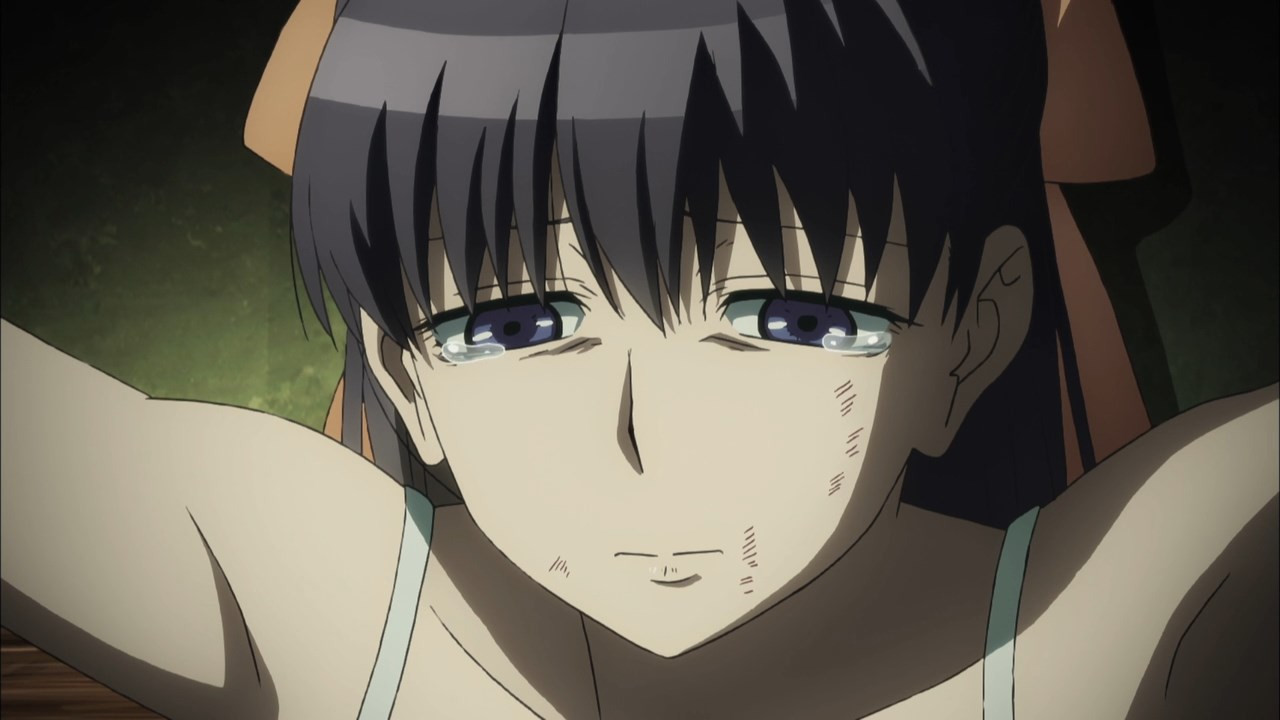

Only a little later we get our first subtle glimpse of discord. They give off a laid-back and soothing feeling that would warm anyone’s heart even on the coldest of days. Tracks based around the rumba, bossa nova and samba are extremely common in slice of life anime, as well as for everyday life ( and particularly beach scenes) in all genres. This is where the deception begins in earnest, using a track of this type to lull us into a false sense of security – all is right in the world and there’s not a single dark cloud in the sky. One of the very first tracks we hear ( the second actually – not counting insert songs since they’re not included on this OST) in Madoka is Postmeridie, an upbeat and carefree piece of music with the characteristic syncopated rhythms and harmonies of a rumba.
#Mahou shoujo asuka ost full#
No, it wasn’t until the end of the third episode that everything kicked into full throttle and we launched off the traditional pathway into new ground. To me, the first couple of episodes seemed like an elaborate deception – sure it was weird, there was the clash of art styles, the references to Faust and some darker themes, but it was nothing too far beyond what had already been explored by its precursors ( such as Mahou Shoujo Lyrical Nanoha). This time, I’m going to go slightly further – rather than do a breakdown of the tracks grouped by genre, I’m going to take a look at how they set up the series, how they work in the context of the first episode, how they work to lull us into a false sense of security, and how they paint a portrait beyond what we see on the surface.Īt first, one of the soundtrack’s primary functions was to deceive – to trick us into believing that this was no more than any other Mahou Shoujo anime, but at the same time, it also hinted at the hidden darkness lying just beneath the surface. For that reason, I like to include some amount of context when talking about individual tracks. A soundtrack release for standalone listening would be a secondary concern. Context is a big deal for me when talking about game or anime soundtracks – when they were written, they were done so with the knowledge that they would accompany visual media. Partially because it is Madoka we’re talking about, and also because the first soundtrack is relatively short compared to most anime ( since it’s split into three soundtracks to give extra ‘perks’ for purchasers of the special editions), I’m going to approach this a little differently than I have the previous three. To be honest, this doesn’t bother me too much beyond an academic level – I really enjoy her style anyway. If you were to listen to all her soundtracks back-to-back without intimate knowledge of them, it would be hard to tell where one ends and another begins.

On the other, we have a criticism shared by many other composers – there isn’t that much variety across soundtracks. On the one hand, her music stands out from the crowd and you will always recognise her distinctive style.

This is actually both a good thing and a bad thing. When you hear anything composed by Kajiura, there’s a good chance that you’ll almost immediately recognise her style. The soundtrack, on the other hand, is not ‘unusual’ per se, but different in the way that all Kajiura soundtracks are different to the works of most other composers. This is no surprise really being both a deconstruction of an extremely popular genre and a SHAFT production, it was inevitable that it would be well outside the norm. For Mahou Shoujo Madoka Magica she brings us a typically unique soundtrack filled with unintelligible lyrics, folk influences and Latin titles! hack//SIGN, Mai-Otome, Pandora Hearts, and of course, Fate/Zero under her belt, it’s always fair to expect great things. Kajiura Yuki has long been one of my favourite soundtrack composers, both in the anime and video game industry. Just to reiterate for anyone who missed the excerpt: If you haven’t seen Madoka and intend to watch it at some point in the future do not read this post! Seriously!


 0 kommentar(er)
0 kommentar(er)
